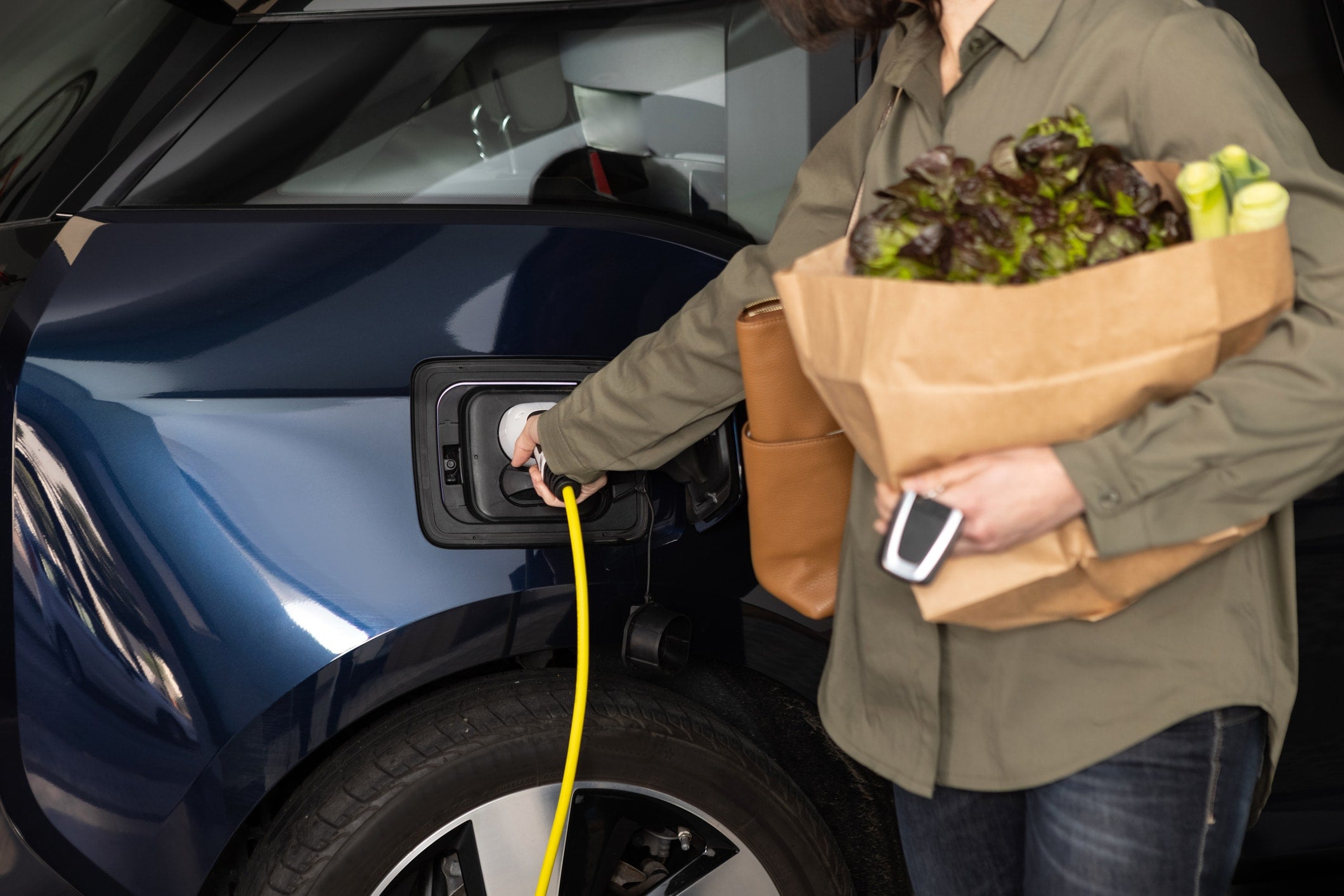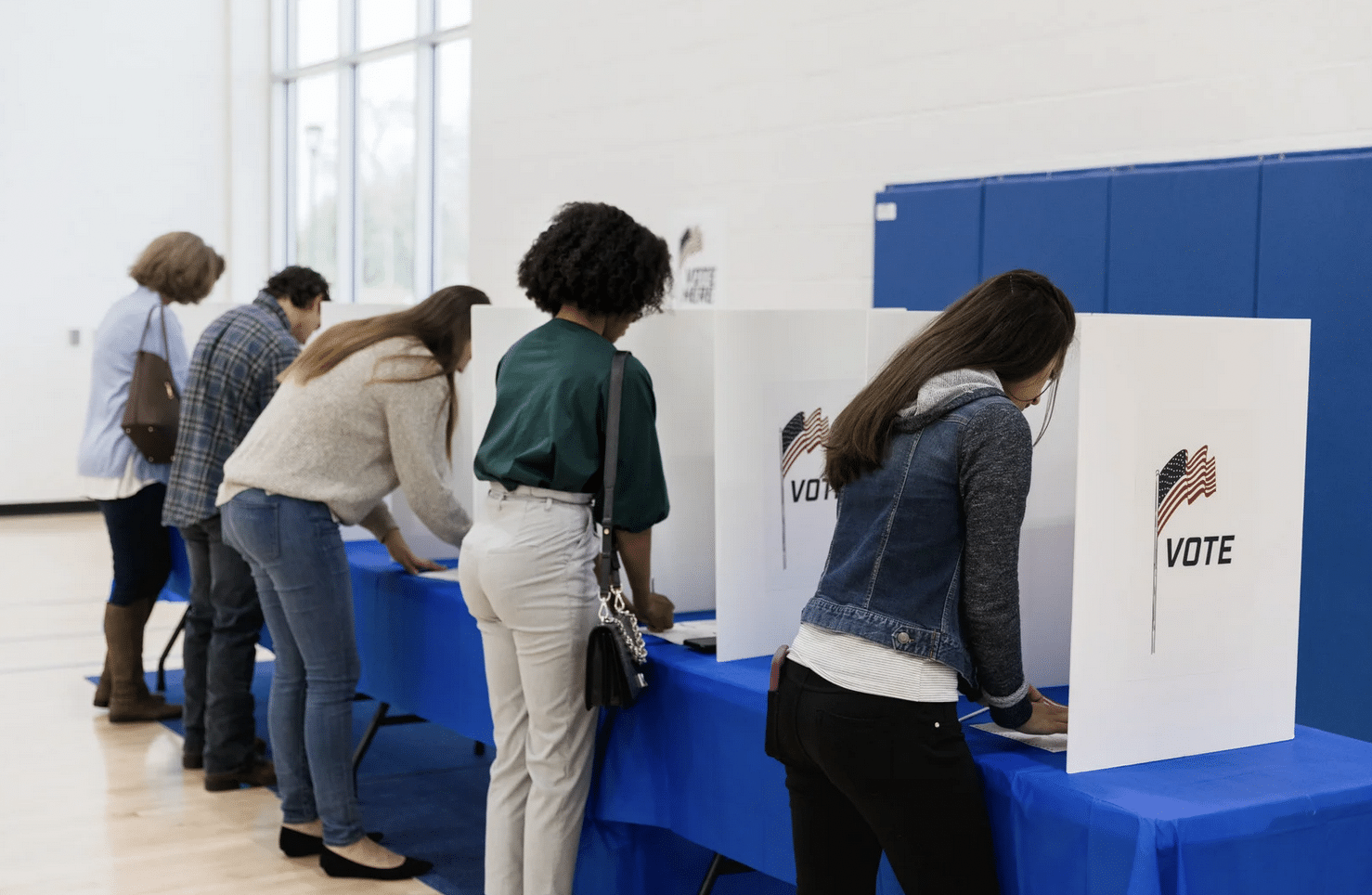Rural communities and Native nations are critical to ensuring durable and equitable climate action across the US. And recent federal activity on clean energy infrastructure, like the White House’s Justice40 Initiative, is fueling conversations on how to make funding opportunities more accessible to rural places.
Adopting new clean energy systems is nuanced and requires a careful evaluation of the legacies of pollution, health, and disinvestment in rural and Indigenous communities. Increased funding will advance rural prosperity only if local and systems-level efforts center equitable economic development.
With this funding boost and equity lenses in mind, we’ve highlighted two ways recent climate and infrastructure policies offer exciting opportunities for rural:
A Just and Equitable Transition to a Clean Energy Workforce
One of the biggest emerging opportunities for rural places is the creation of a new clean energy workforce in renewable energy generation, energy efficiency, advanced electric grid development, clean fuels, and clean vehicles. Consider that as of 2019, the number of clean energy jobs is nearly double that of fossil fuel jobs in the majority of rural counties. Over half of the counties with high levels of clean energy employment are rural.
Different types of clean energy jobs make sense for different parts of rural America, as not all rural areas are geographically-positioned to utilize renewable energy developments like solar and wind farms. For example, WRI reports that rural counties in Texas show a greater capacity for renewable energy generation and advanced grid development. Whereas in some Midwestern states like Ohio, Iowa, and Indiana, energy efficiency, clean fuels, and clean vehicle opportunities are more effective in creating opportunity and reducing climate impacts.
Too many rural communities and Native nations have experienced historic resource exploitation and under-investment and, as a result, are disproportionately affected by climate change and inflation. Therefore, any large-scale energy project must acquire resources and land through an equitable process that preserves and protects the rights and interests of the rural and Indigenous communities that already reside in those places.
While the transition to a clean energy economy means reducing fossil fuel production and use and increasing opportunities for renewable energy like wind and solar, when it comes to jobs, the clean energy transition in rural areas is not as simple as switching out coal industry jobs for renewable energy ones. Most coal plants and coal mines are still concentrated in rural counties, but these areas aren’t necessarily the same ones where renewable energy makes economic sense. Therefore, making a just and equitable transition means evaluating the current and future energy workforce to sustain ample labor support, equitable economic development, and environmental remediation. It also requires acknowledging the legacies of pollution and social determinants of health when addressing health equity in historically marginalized communities.
What might a just and equitable transition from coal production to a clean energy economy look like? RMI’s Fossil Fuel Community Recovery and Revitalization Framework suggests steps to provide relief for fossil fuel facility closures and economic recovery. It pairs top-down coordination of federal programs to streamline resource distribution with bottom-up collaboration with key stakeholders to build capacity. These efforts require a targeted policy approach that integrates capacity building, trust, stakeholder engagement, and coordination at both the local and the systems levels. This multi-level approach resonates with the goals, objectives, and strategy of the Thrive Rural Framework.
The Inflation Reduction Act and Electric Vehicles (EVs)
Electric vehicles can make economic sense for rural families and are one way to reduce transportation costs. While there is a high upfront cost for an electric vehicle, more affordable models entering the market are gradually expanding the customer base. With newer extended ranges on a single charge, families can travel further at a much lower price point than gasoline engines.
The Inflation Reduction Act makes available $369 billion in energy, security, and climate change programs. Families are eligible for rebates and tax credits to weatherize their homes and purchase efficient appliances, heat pumps, and rooftop solar. It also provides tax credits and incentives up to $7,500 to buy any new or used electric vehicle made in America. As a new savings calculator shows, all of these incentives stand to benefit rural families.
These incentives are important because inflation continues to hit rural communities and Native nations hard. Increasing gas and diesel prices pose a major challenge for farmers, workers, and families who have to drive long distances for work, healthcare, or school. Rural families saw their expenses rise by 9.2% over this year alone when their earnings had only increased by 2.6%. This amounts to $2,500 more a year for essential needs like gas than it did two years ago — all while prices continue to increase for health insurance, veterinarian care, and heating.
Building capacity for EV charging infrastructure is one necessary step to making EVs work across the country. The Department of Transportation offers a rural EV toolkit designed as a one-stop resource to help rural communities plan and implement EV charging infrastructure projects aligned with the Bipartisan Infrastructure Law. The law contains $7.5 billion in funding for charging stations, makes EV charging infrastructure eligible for additional federal programs, and provides funding for other EV-related initiatives.
EVs have the potential to help rural families by reducing both transportation costs and their carbon footprint. Through new and proposed legislation, local and state policymakers have the opportunity to commit resources and address electric mobility in their communities — for the benefit of residents’ wallets and the health of the environment.
A comprehensive, equitable, and inclusive climate effort must involve rural communities and Native nations and consider their economic wellbeing and health. Centering equitable environmental practices is a key part of ensuring that each and every person belongs, lives with dignity, and thrives.
This blog was written by Suah Oh, Aspen CSG’s 2022 Summer Intern, and the entire Aspen CSG team contributed to its production.







